The diversity of reptiles and amphibians in Greece is particularly important mainly due to the geographic location (stands at the crossroads of three continents), climatic conditions, and the impressive number of the Greek islands. In Greece are detected almost 50% of reptiles and 29% of amphibians recorded in Europe. According to recent research reptile fauna in Greece counts for 23 species of amphibians and 64 species of reptiles that is the highest number of reptile species in Europe; 9 and 3 of these reptile and amphibian species respectively are endemic to Greece (Pafilis & Valakos 2012).
In Kefalonia, reptiles and amphibians are detected in a variety of ecosystems including lagoons and lakes, all kinds of wetlands, lowland and semi-mountainous areas and the highest peaks of mount Aenos.
Amphibians (their name derives from Greek amphi- and bios) are capable of living both on land and in water. In adulthood they do not have gills (except for neotenic individuals), but lungs and breath also through their skin.
2 out of the 4 species of amphibians detected in Kefalonia belong to the Bufonidae family (species Bufo bufo and Bufo viridis) and have been observed in Aenos National Park (Fig. 1); species Hyla arborea (the tree frog) belongs to Hylidae family and the Balkan frog (Pelophylax kurtmuelleri) belongs to the Ranidae family (Fig. 2).
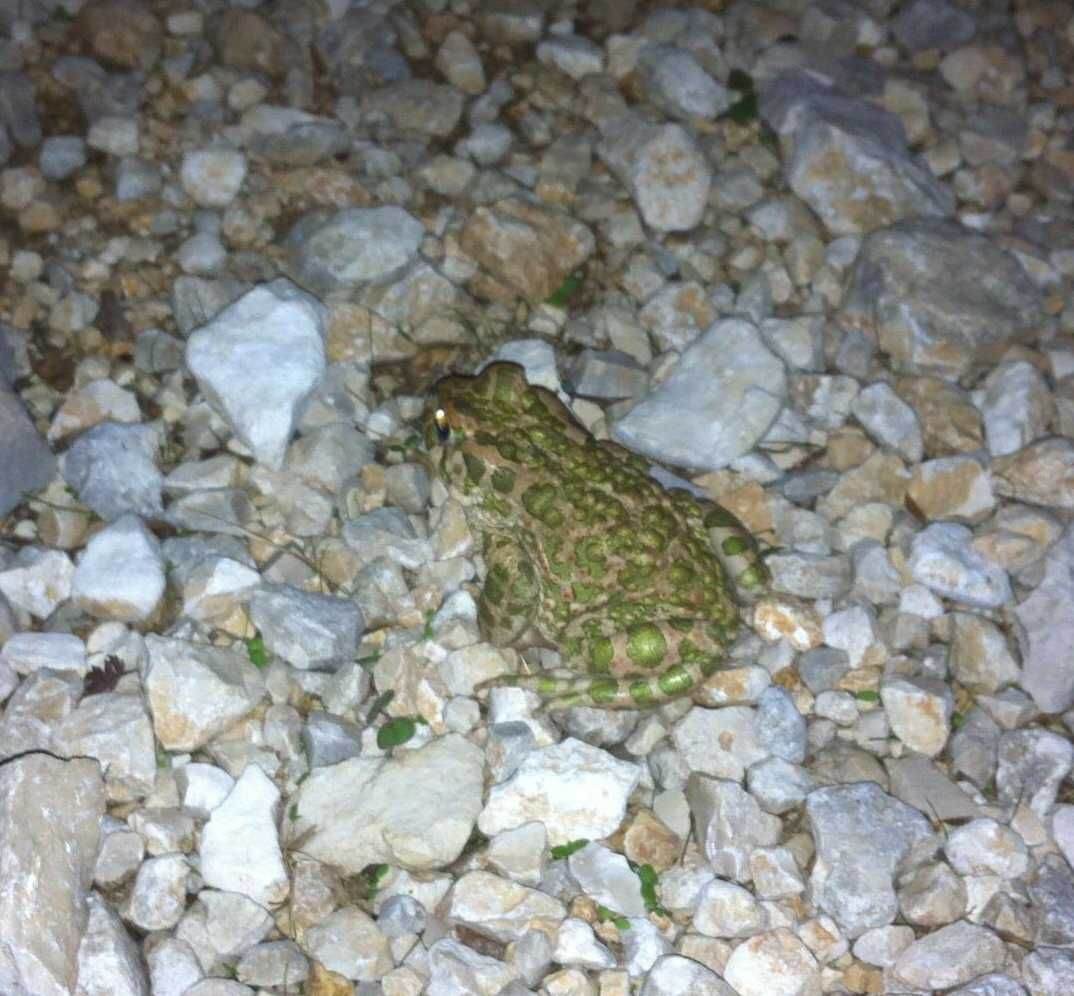
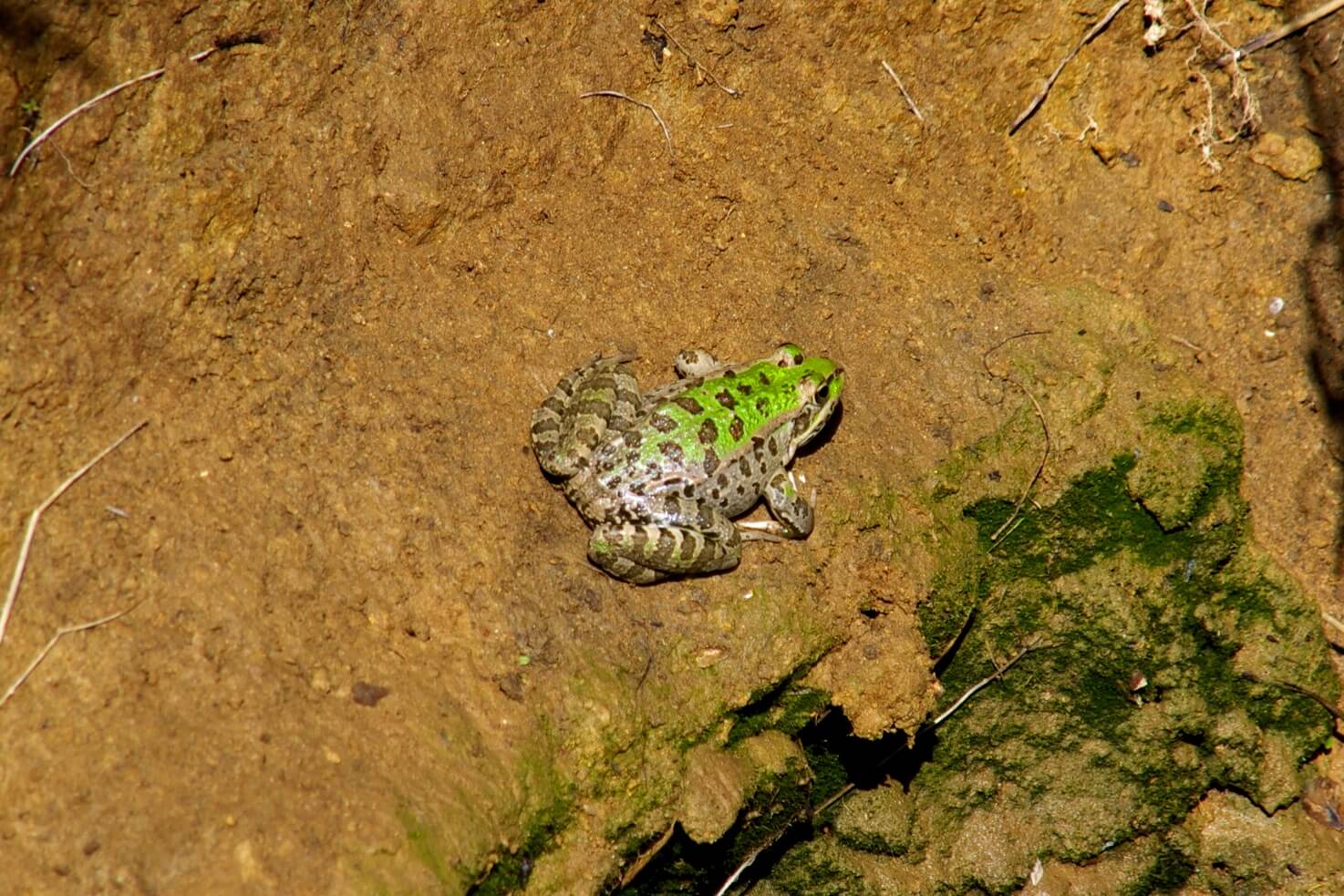
The unique characteristics of reptiles allowed them to dominate our planet for two hundred million years; in fact, birds and mammals have evolved from a group of reptiles (Pafilis & Valakos 2012). Their body temperature depends on the external environment in which they live. Therefore, they have lower energy requirements and can live for long periods of time without being fed. The skin of reptiles is scaly. Snakes and lizards change skin regularly (Fig. 3).
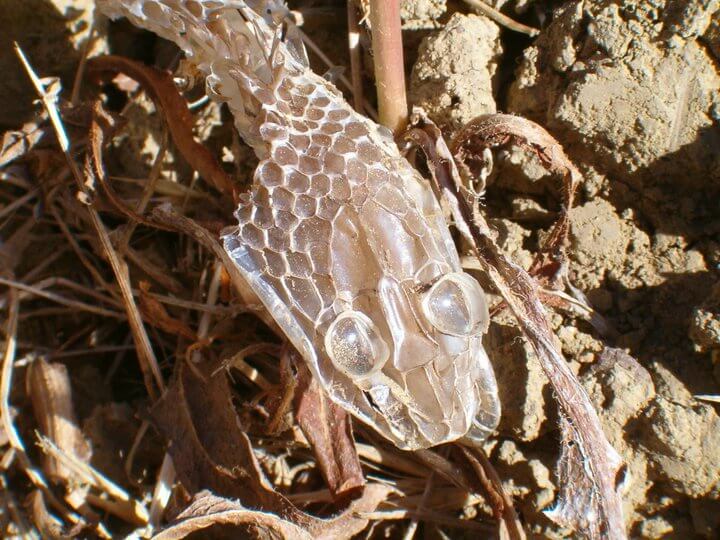
The reptiles living in Kefalonia have been studied since the end of the 19th century and until today 25 species have been recorded (Werner 1894, Valakos 1998, Efthymiatou-Katsouni 2006, Wilson 2006) comprising 7 species of land & sea Turtles, 10 species of Lizards and 8 species of Snakes.
Hermann's tortoise (Testudo hermanii) is a terrestrial turtle species, detected in Kefalonia (Fig. 4). Efthymiatou-Katsouni N (2006) in her research also mentions the recording of the marginated tortoise (Testudo marginata) from the areas of Kotroni-Lakithra and Adraki-Poriarata. According to recent research, comes into question the presence of the Greek tortoise (Testudo graeca) in the island.
The Balkan terrapin (Mauremys rivulata) and the European pond turtle (Emys orbicularis) are detected in various aquatic ecosystems of the island. Quite large populations of the Balkan terrapin live and reproduce in Livadi wetland of Paliki. The European pond turtle is rarely seen in Kefalonia.
The sea turtle species Caretta caretta breeds, nests and forages in Kefalonia; spawning season begins in May. The sea turtle becomes adult after completing the second decade of her life and lives for about 100 years. To choose proper nesting site, the sea turtle returns to the same beach where she was born. Once emerged from water, she digs a nest using her rear flippers and lays the eggs (about 100) on sandy beaches of Kefalonia such as Mega Lakkos in Paliki, Katelios, Mounta, etc. It takes about 55 days for the eggs to hatch. After hatching, the turtles emerge from the sand (usually late in the afternoon or very early in the morning). Immediately, they head towards the sea (Fig. 4), and start swimming frenzy. According to the Red Book of Endangered Animals of Greece (Legakis & Marangou 2009) the sea turtle Caretta caretta is characterized as an Endangered species.
According to researcher Efthymiatou-Katsouni (2006), in the wider sea area of Kefalonia, a second species of sea turtle has been recorded, the leatherback sea turtle (Dermochelys coriacea). More specifically, it has been observed in the sea area of Angona.
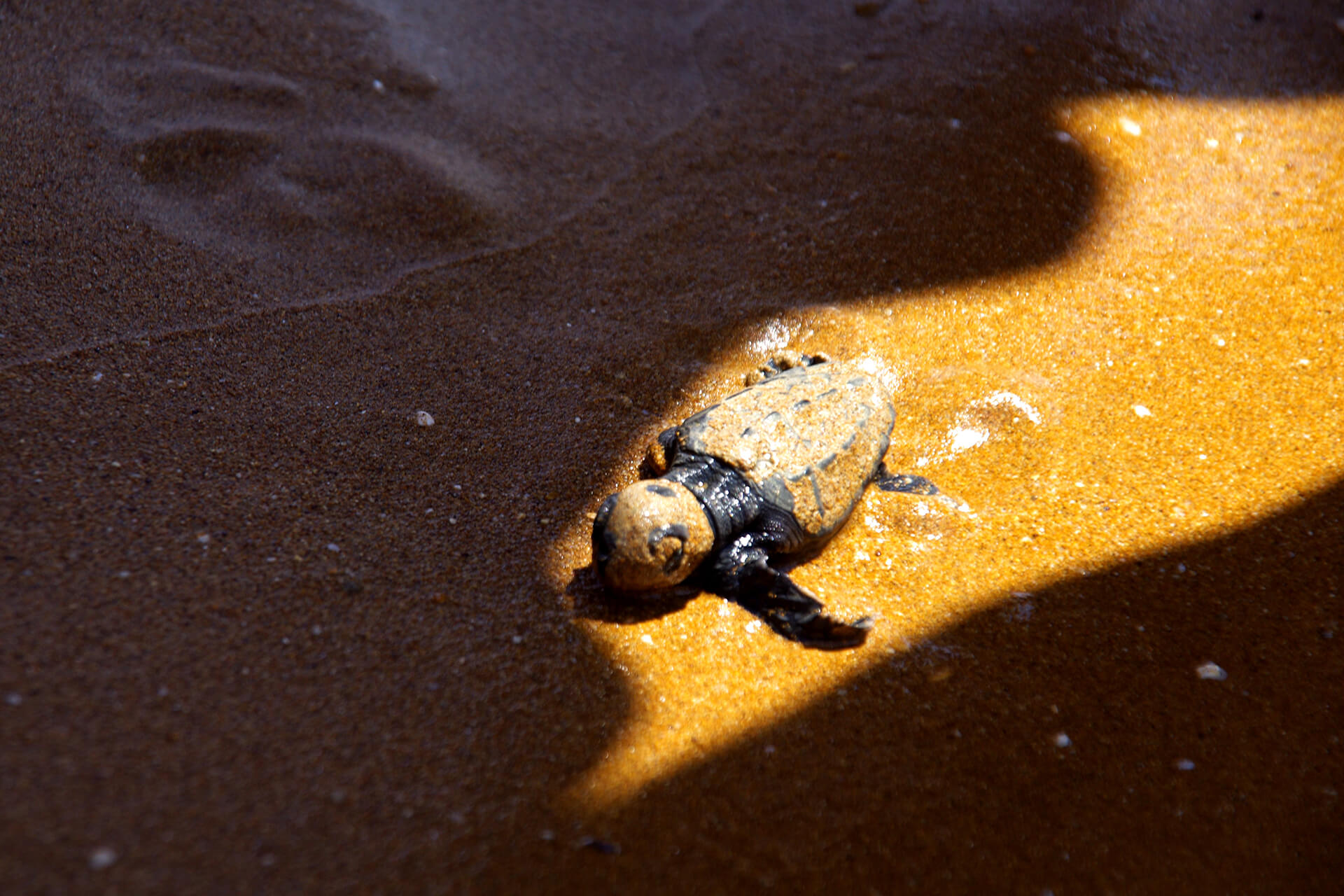
Among the lizard species living in Kefalonia, Anguis cephallonica has its own special place in the biological and cultural heritage of the island. In some places around the island there have been old stories about how risky it is to meet Anguis cephallonica; according to a well-known quatrain: If a viper bites you – say “Goodbye” for just 5 days – if a konaki (Anguis cephallonica) bites you – provide for a shovel and a spade.
The truth is that Anguis cephallonica is not dangerous; even if the body shape is very similar to a snake, this aphid lizard is completely harmless for humans. According to the Red Book of Endangered Animals of Greece (Legakis & Marangou 2009) it is characterized as Almost Endangered.
In the same family of Anguidae belongs the European glass lizard (Psedorus apodus sp.) which is another legless lizard (therefore mistaken for a snake) that makes noise when it moves, but it is completely harmless!
A common lizard of Kefalonia is the Balcan wall lizard (Podarcis tauricus subsp. Ionicus), which is an endemic subspecies of Epirus, Western Peloponnese and the Ionian Islands (Fig. 5). It feeds on invertebrates; it is agile and moves mainly on the ground. It is a medium-sized lizard about 24 cm long. The Greek algyroides (Algyroides moreoticus) is a small lizard, and endemic species to Peloponnese and the Ionian Islands, which shows preference for habitats within the area of Aenos National Park.
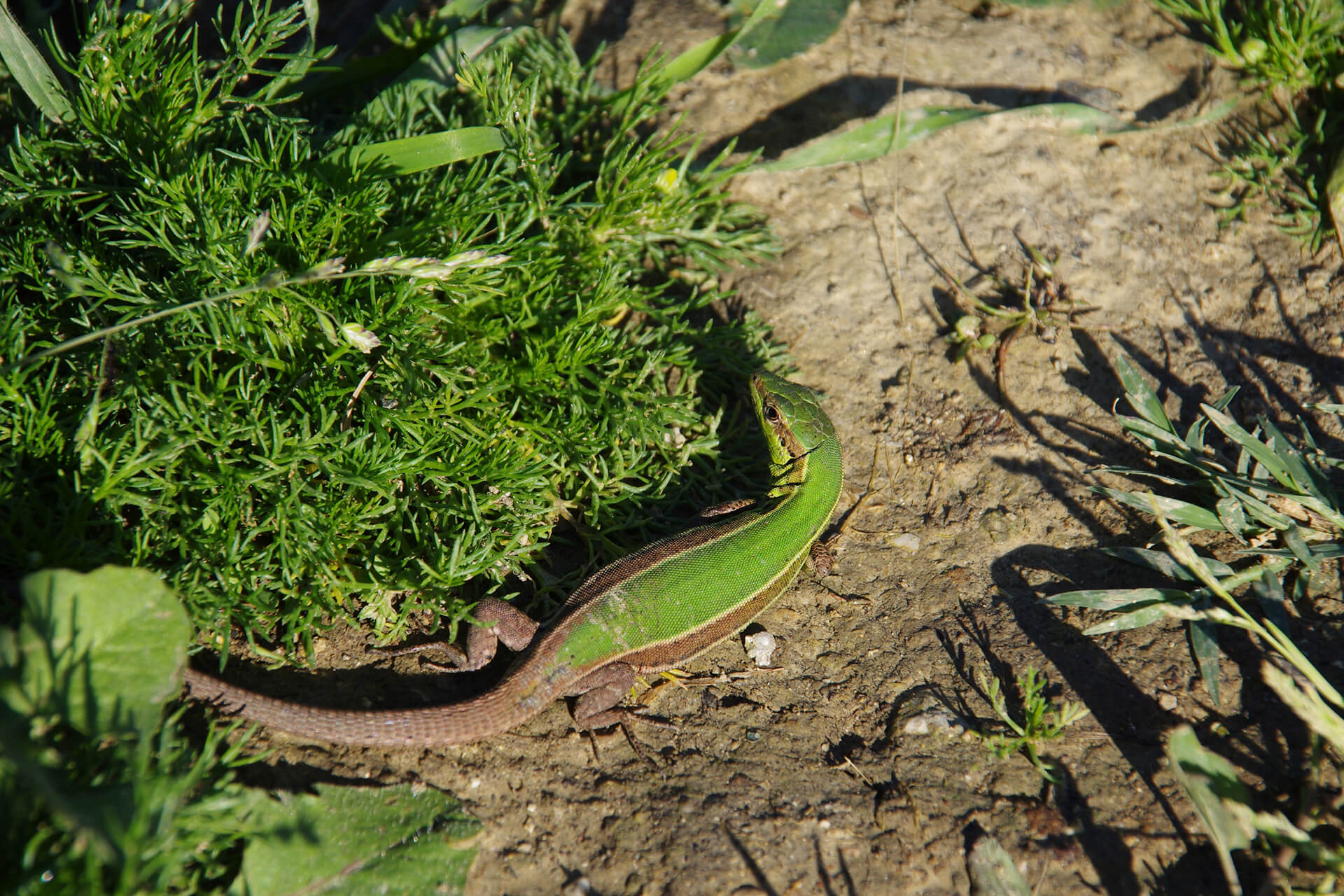
Another Greek endemic subspecies, detected in Kefalonia, Ithaca and Lefkada, is the Lizard of Kefalonia and Ithaca (Algyroides nigropunctatus ssp. Kephallithacius) (Fig. 6). This species is found from the sea level to the peaks of mount Aenos. During the breeding season, males acquire an intense blue color in the neck area and an intense orange color in the body (Pafilis & Valakos 2012).
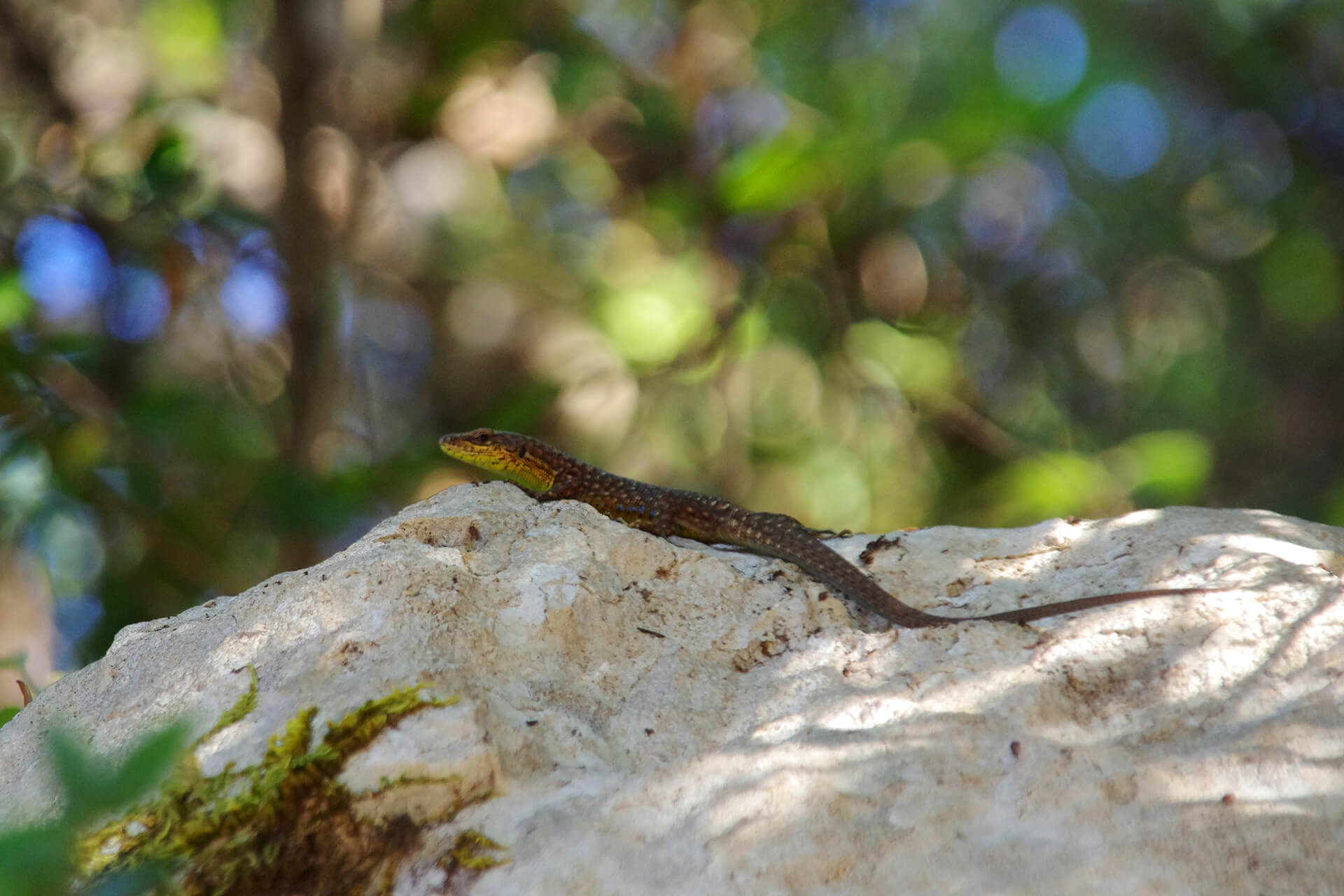
According to the data up to date (Valakos 1998, Wilson 2006), the largest lizard species detected in Kefalonia is the Balkan green lizard (Lacerta trilineata). The scientific name of the species derives from the three light-colored stripes that run along the side of adults. Its length reaches half a meter, a significant part of which is occupied by the tail.
The European copper skink (Ablepharus kitaibelii) is the only representative species of the Scincidae family in Kefalonia. It is quite difficult to notice (Wilson 2006) because it hides under stones, wood and fallen leaves.
One of the few sounds-producing reptiles is the Moorish gecko Tarentola mauritanica sp. Using its fingers - suction cups, it is able to climb very easily on walls, rocks and trees. Other species of Gekkonidae family, found on the island include the samiamid (Hemidactylus turcicus) and the Kotschy's gecko (Mediodactylus kotschyi).
One of the rarest snakes in Kefalonia is the Balkan whip snake (Hierophis gemonensis); other species registered in the island are the Leopard Snake (Zamenis situla), the Four Lined Snake (Elaphe quatuorlineata), and the water snake (Natrix natrix) which is detected in wetlands and lakes.
Snake species Malponon insignitus (eastern Montpellier snake) and Telescopus fallax (cat snake) have relatively weak venom. The cat snake is associated with a local religious tradition according which every year from the 6th to the 15th of August these snakes also known as "Snakes of the Virgin", appear on the bell towers near the Holy Temples of Markopoulo and Arginia villages. The inhabitants carry them inside the temples, to the icon of the Virgin Mary. Believers consider these snakes harmless, blessed and miraculous. In case they do not appear one year, for example in 1940 or 1953, the inhabitants believe that something horrible is going to happen to the island! Also a non-venomous snake, strong, up to two meters long, fast and nervous, but harmless, is the Caspian Whip Snake (Dolichophis caspius) (Fig. 7) which feeds on rodents, lizards and other snakes. It defends itself by threateningly raising the front of its body in an aggressive position. It is often found in lowland areas of Paliki, in ruined houses and in habitats with phryganic vegetation.

The only really dangerous snake living Kefalonia is the viper (Vipera ammodytes). Although it has strong venom, this snake hides from humans and attacks only when it feels threatened or has no other way to escape. It is easily distinguished by the protrusion on the tip of the muzzle (common name: "horned viper").
Reptiles and amphibians play an important role in maintaining the balance of the ecosystem. Unfortunately, often people are too afraid of them so they have been killed without a reason, even though they are beneficial for the ecosystem. Besides, a great deal of research is done in the field of new drugs production, prepared on the base of snake venom (Strachinis 2015).
Anthropogenic activities (uncontrolled expansion of touristic units, destruction or restriction of habitats and wetlands, water pollution, etc.) have a decisive impact on the natural environment and of course on the reptile fauna of Kefalonia which is threatened to extinction or shrinkage of the local reptile and amphibian populations.
Fires and the introduction of alien species which in the long run may dominate habitats and lead to local populations decline, give an ominous perspective for the natural environment hosting reptiles and amphibians (Pafilis & Valakos 2012). The majority of reptiles and amphibians in Greece are strongly protected by European (Community Directive 92/43 / EEC, Berne Convention & CITES) and Greek legislation (PD 67/81).
Special Thanks
The bibliographic review of reptiles and amphibians in Kefalonia and especially within Aenos National Park was compiled by Dr. Michail Xanthakis, Coordinator of the N.E.C.C.A.. The reptiles and amphibians of Paliki were recorded by Christos Maroulis, a Wildlife Photographer and Automation Engineer.
We would like to express our thanks to Dr. Panagiotis Pafilis for the valuable information about the reptile fauna of Kefalonia, as well as to Elias Strachinis, Biologist / Reptologist for the scientific editing of the article and his help in species identification using the photographic material.
References
- Valakos E (1998) Fauna of Mount Aenos: Amphibians-Reptiles. In “Tribute to Aenos National Park”, Museum of Natural History of Kefalonia & Ithaca, pp 149-151
- Efthymiatou-Katsouni N (2006) Contribution to the research on biodiversity of Kefalonia-Ithaca (Ionian Islands). Postgraduate Thesis, Department of Environmental & Natural Resources Management, Agrinio, p 323
- Legakis A & Marangou P (2009) The Red Book of Endangered Animals of Greece. Hellenic Zoological Society, Athens, p 258
- Pafilis P & Valakos E (2012) Amphibians and Reptiles of Greece: Identification Guide, Patakis Publications, p 197
- Strachinis H (2015) Are beneficial reptiles and amphibians for humans? Retrieved from: http://www.herpetofauna.gr/index.php?module=narticle&page=read&id=24 on 20.01.2016
- Werner F (1894) Reptiles and the Batrachien fauna of the Ionian Islands. Conventions of the Zoological Botanical Garden, Vienna, 44, 1-13, 225-237
- Wilson M (2006) Herpetological observation on the Greek islands of Kefallinia and Zakynthos. Herpetological Bulletin, 97, 19-28
The above article was published in the magazine "The Kefalonian Progress" Period B, issue 18, April - June 2016
The photos come from the file photo archive of the Natural Environment and Climate Change Agency and the Wildlife Photographer Christos Maroulis that we warmly thank.